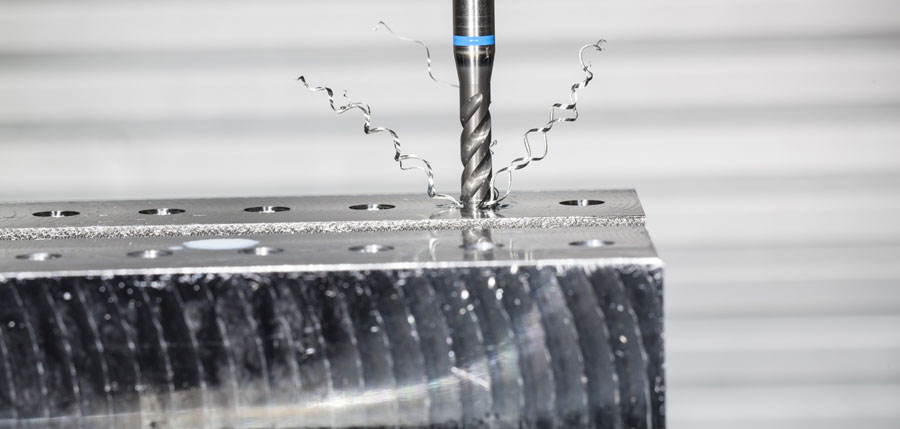In the realm of precision machining, ensuring the perpendicularity of threaded holes is a critical aspect that directly influences the functionality and reliability of the final product. Achieving this precision demands attention to detail, adherence to best practices, and leveraging advanced machining techniques. Here’s a comprehensive guide on how to ensure the perpendicularity of threaded holes during machining:
Meticulous Planning and Design:
The foundation for achieving perpendicularity begins in the planning and design phase. Engineers and designers must carefully consider the functional requirements of the threaded holes and design them with perpendicularity in mind. Proper tolerances and clear specifications should be communicated to machinists to ensure alignment with the desired outcome.
Advanced CNC Machining Techniques:
Computer Numerical Control (CNC) machining has revolutionized precision manufacturing. Utilizing advanced CNC machines allows for high accuracy and repeatability in machining threaded holes. CNC machines can be programmed to precisely control the depth, diameter, and angle of the hole, ensuring that it meets the perpendicularity requirements.
Maintain stable processing conditions to minimize vibration. Any unnecessary vibration can lead to inaccurate thread geometry and verticality.

Precision Tooling Selection:
Choosing the right tools is paramount in achieving perpendicularity. The tool should have the correct geometric shape to create precise threads and should be sharp to minimize any deviation.
High-quality cutting tools designed for precision machining, such as carbide end mills and taps, contribute to achieving accurate and perpendicular threaded holes. Regular maintenance and tool replacement are essential to ensure optimal performance.
Proper Workholding Techniques:
Effective workholding is crucial during machining to prevent any unwanted movement or vibration that could affect the perpendicularity of the threaded hole. Machinists should employ suitable fixtures and clamping techniques to secure the workpiece firmly in place, minimizing the risk of inaccuracies.
Regularly calibrate your processing equipment to ensure its accuracy. This includes checking and adjusting the machine’s level, alignment, and verticality between the spindle and the workbench.
Try to minimize the overhang of the tool from the tool holder to reduce the risk of deviation. Shorter tool settings can improve rigidity and accuracy.
Regularly inspect and maintain your cutting tools. Blunt or damaged tools may cause misalignment and poor thread quality.
Coolant and Lubrication Management:
Proper cooling and lubrication are not only essential for tool longevity but also play a role in achieving accurate machining. Excessive heat can lead to thermal expansion, affecting the dimensions and perpendicularity of the threaded hole. Machinists should use coolant and lubricants as recommended for the specific material being machined.
In-Process Inspection and Quality Control:
Implementing in-process inspection is a proactive approach to ensure that threaded holes maintain their perpendicularity throughout the machining process. Machinists should use precision measuring tools, such as micrometers and gauges, to check critical dimensions regularly. This allows for immediate adjustments if any deviations are detected.
Post-Machining Verification:
After the machining process is complete, a thorough inspection of the finished product is essential. Machinists should use coordinate measuring machines (CMMs) or other precision measurement tools to verify that the threaded holes meet the specified perpendicularity requirements. Any deviations should be documented and addressed promptly.
Continuous Training and Skill Development:
The skill of the machinist plays a crucial role in achieving precision. Continuous training and skill development programs ensure that machinists are well-versed in the latest machining techniques and technologies, contributing to consistent and accurate results. Skilled operators can make real-time adjustments to minimize errors during machining.
In conclusion, ensuring the perpendicularity of threaded holes during machining is a multifaceted process that requires a combination of meticulous planning, advanced machining technologies, and skilled craftsmanship. By incorporating these best practices into the machining workflow, manufacturers can consistently produce high-quality products with threaded holes that meet the most stringent perpendicularity standards.



